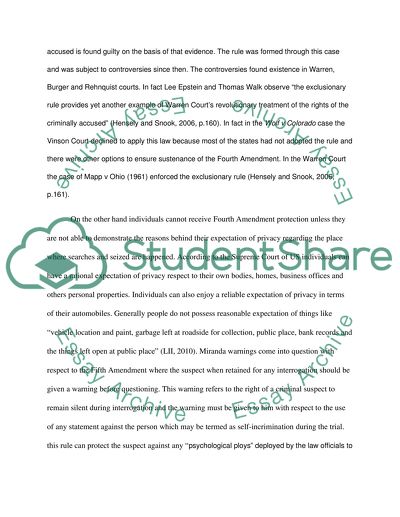Cite this document
(“Supreme court decisions and discussions on the exclusionary rule Research Paper”, n.d.)
Retrieved from https://studentshare.org/law/1483279-supreme-court-decisions-and-discussions-on-the
Retrieved from https://studentshare.org/law/1483279-supreme-court-decisions-and-discussions-on-the
(Supreme Court Decisions and Discussions on the Exclusionary Rule Research Paper)
https://studentshare.org/law/1483279-supreme-court-decisions-and-discussions-on-the.
https://studentshare.org/law/1483279-supreme-court-decisions-and-discussions-on-the.
“Supreme Court Decisions and Discussions on the Exclusionary Rule Research Paper”, n.d. https://studentshare.org/law/1483279-supreme-court-decisions-and-discussions-on-the.


